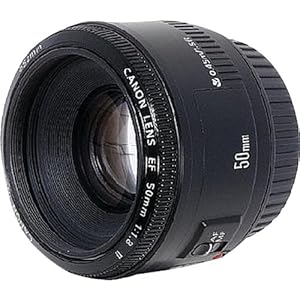Best Beginner DSLR: Nikon D3200 $599
 |
| Nikon D3200 |
The Nikon D3200 has an amazing sensor in it for the price, just look at its sensor rating on dxomark.com. It also has many features that will help the beginner photographer learn to take better pictures. With 24 megapixels you will be able to make small crops to your images without losing detail.
Best Prosumer Body: Nikon D7000 $896
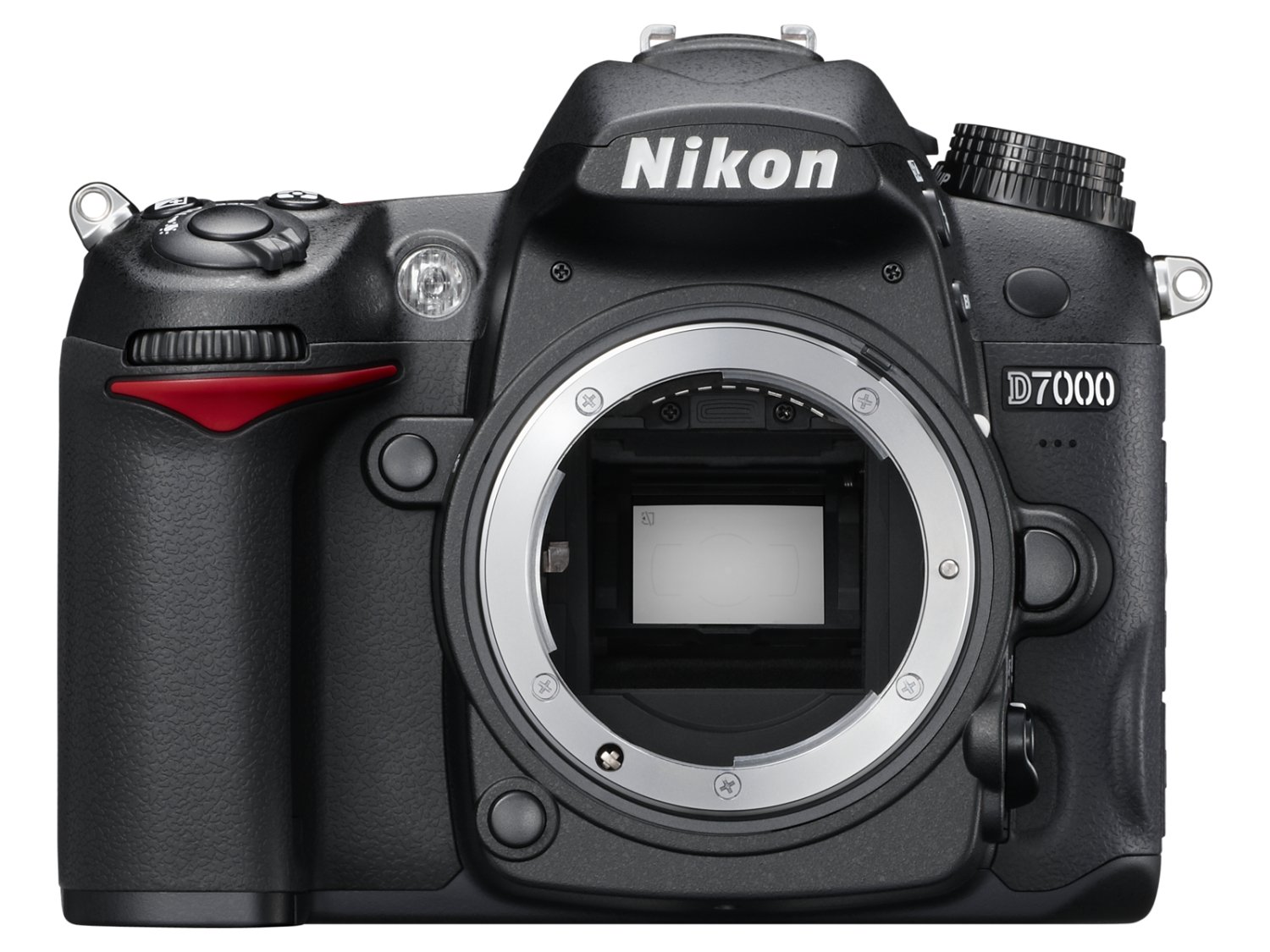 |
| Nikon D7000 |
Part of the reason I love this camera is because of the great deals you can find on it. Click on the link above to see current pricing on Amazon. This camera has been around for two years but it is still fantastic. The D7000 is an ideal camera for someone that is looking to upgrade from their first DSLR. It offers more advanced features like more autofocus points, higher continuous shooting rates, weather sealing and a magnesium body. Another great thing about going to a prosumer/semiprofessional level body is that almost all of your settings have a button, instead of having to go through all kinds of menus to change settings.
Best Portrait and Landscape Body: Nikon D800 $2796
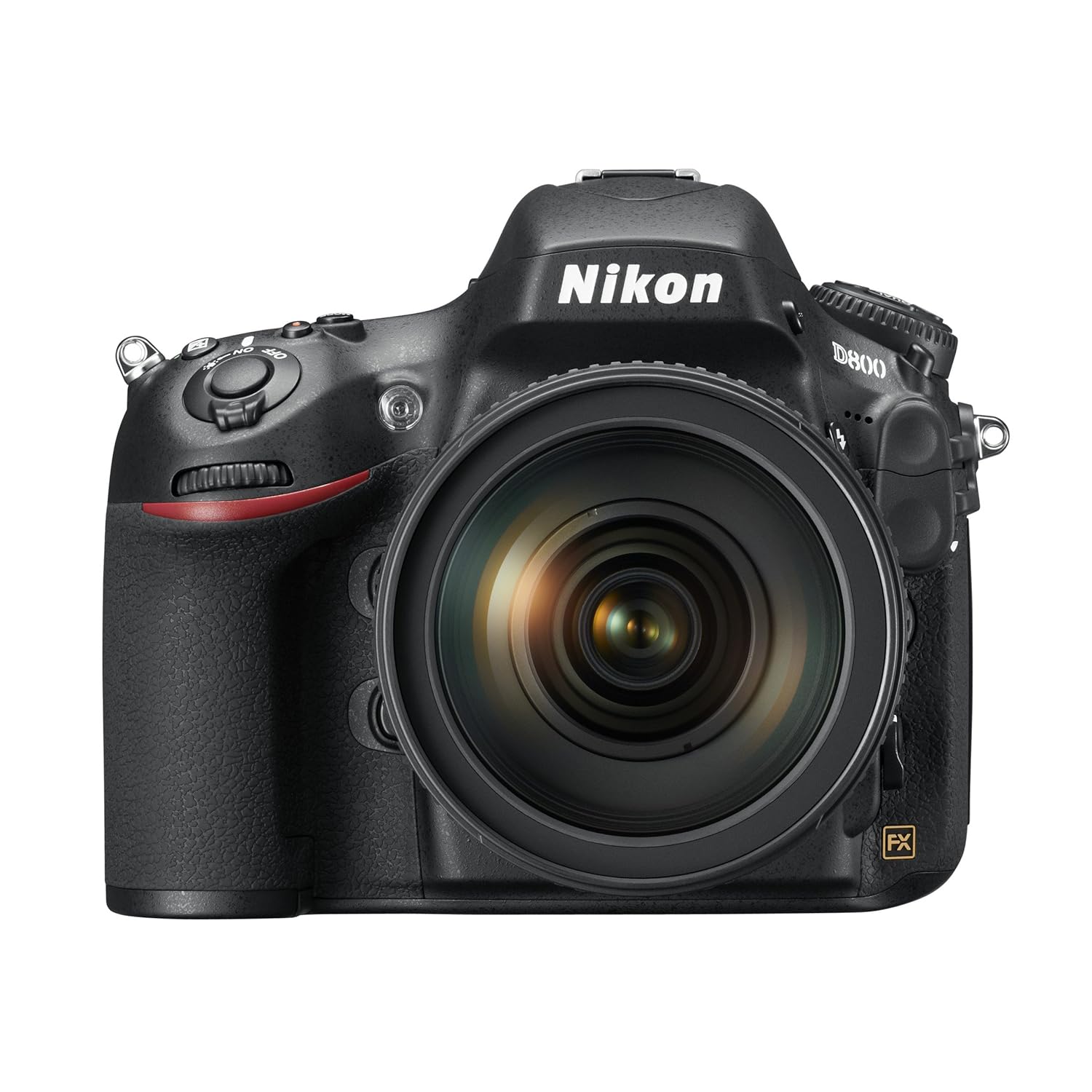 |
| Nikon D800 |
The D800 has a whopping 36 megapixels which makes it great for getting great detail out of portraits and landscapes. It also has a full frame image sensor that makes it much better for low light images. Landscape photographers will love the dynamic range of the camera. The downside of the D800 is that it does not have a super fast continuous shooting rate, only 4 fps.
Best Sports and Action Body: Canon 1DX $6799
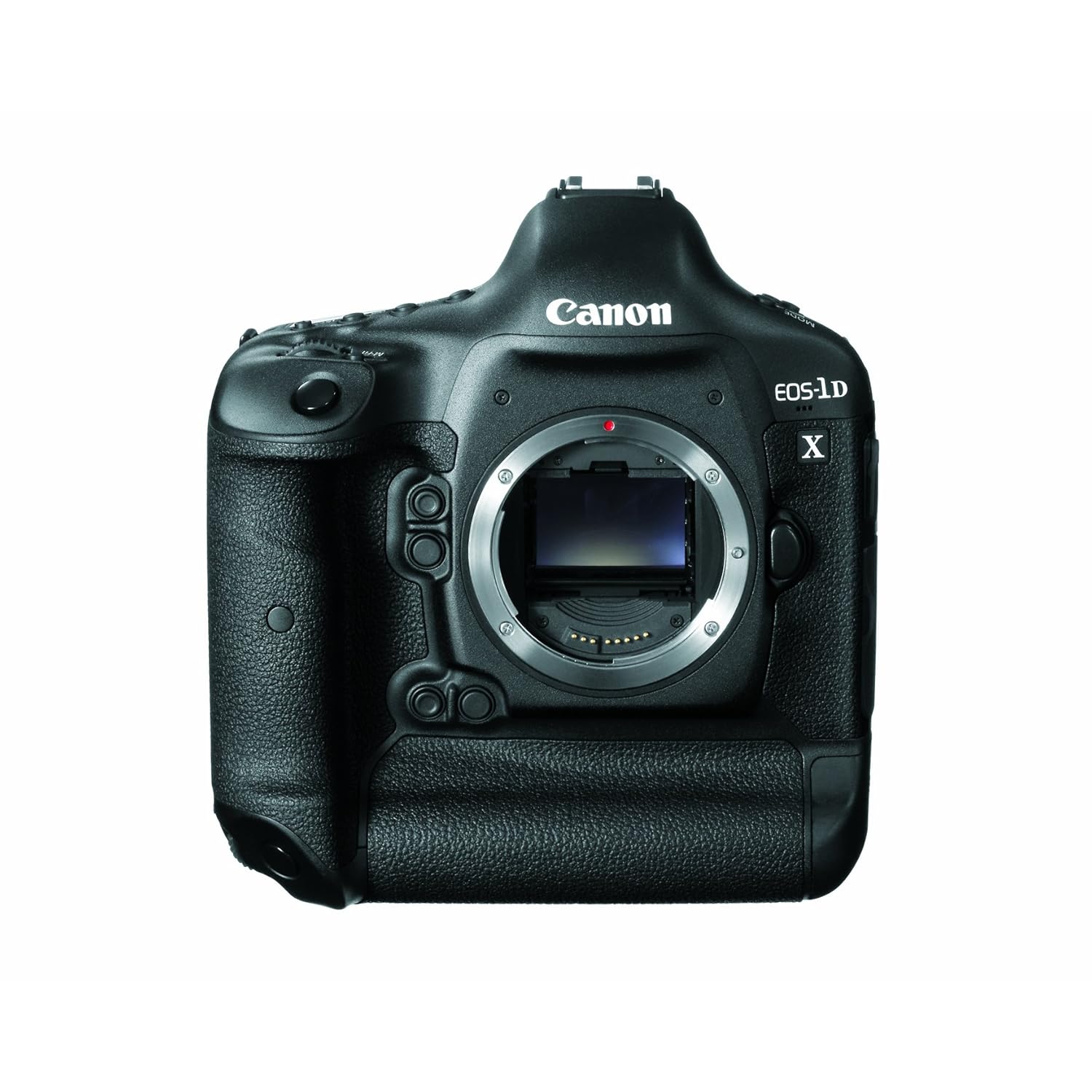 |
| Canon 1DX |
The Canon 1DX will shoot an astounding 12 frames per second. It also has one of the most sophisticated auto focus systems on the market, that make it great for tracking fast moving subjects. The 1DX is also great in low light. Keep in mind the 1DX does not have a built in flash, but if you are using a professional body like that you will want an external flash anyway.
Best Travel Camera: Sony NEX 7 $1098
 |
| Sony NEX 7 |
The Sony NEX series of camera is great for those that want great picture quality without the bulk of a full size DLSR. This makes it great for taking on vacation. It has the same size sensor as the D3200 and also has 24 megapixels. The downside is that it does not have very many external buttons and lacks an optical viewfinder (they had to shrink it down somehow).
I will continue to update this page as new camera models become available that would change my recommendations.






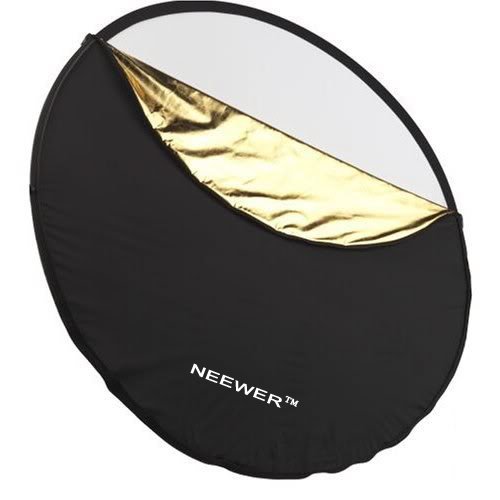
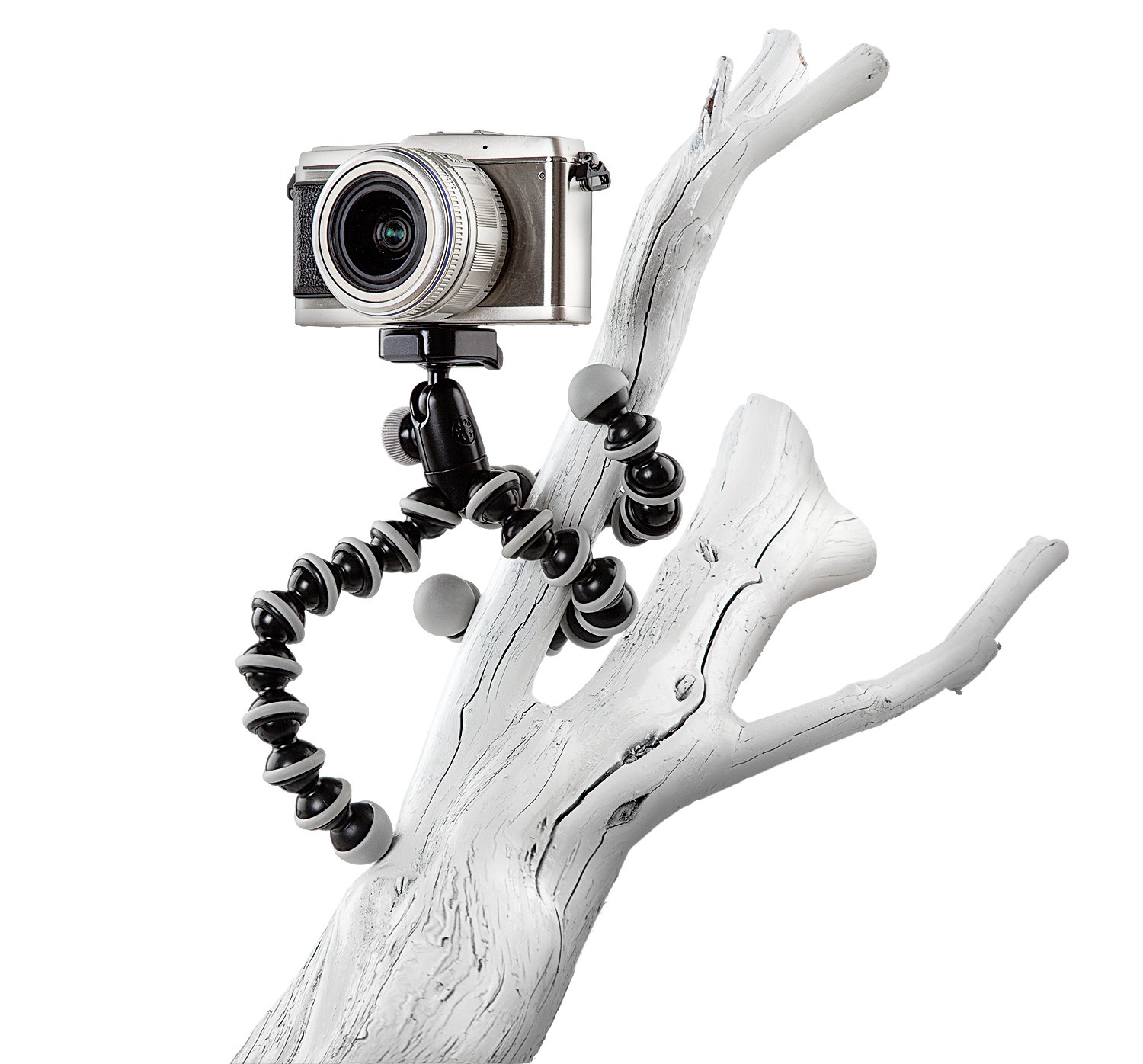
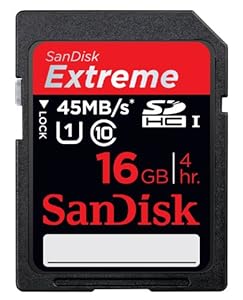



























.jpg)

